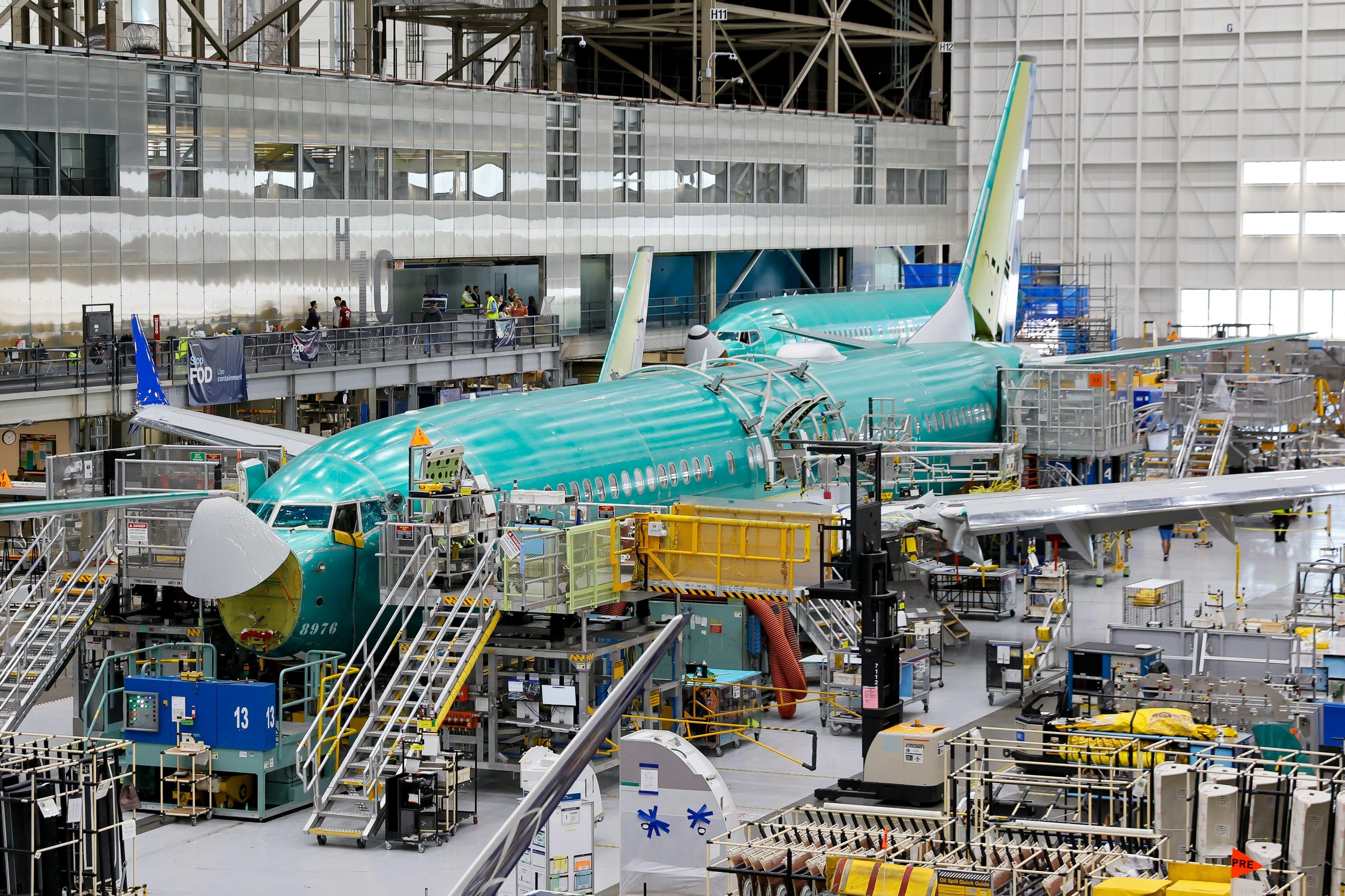
AeroGenie: il tuo copilota intelligente.
Tendenze
Categories
Can Fusion Engines Enable Hypersonic Fighters to Outpace Missiles?
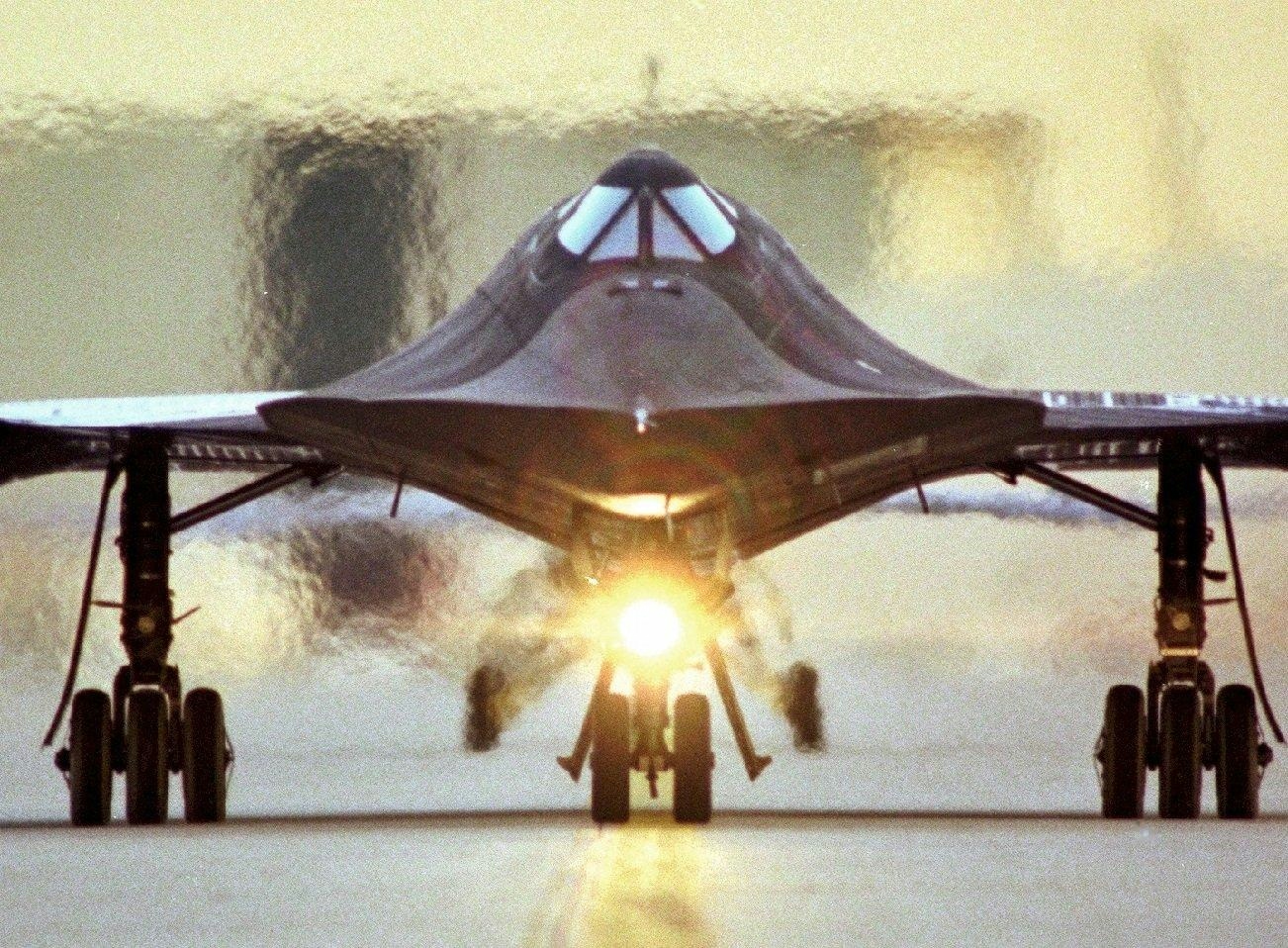
Can Fusion Engines Enable Hypersonic Fighters to Outpace Missiles?
The advent of fusion-powered engines holds the potential to transform military aviation by enabling aircraft to achieve extraordinary speeds, potentially reaching Mach 6 or even Mach 17—equivalent to over 13,000 miles per hour. Such capabilities would allow jets to surpass the velocity of most current missile threats, fundamentally reshaping the landscape of air defense, surveillance, and rapid global deployment.
Advantages of Fusion Propulsion
Beyond sheer speed, fusion propulsion offers significant efficiency benefits. Fusion reactions require substantially less fuel than conventional jet engines, which could allow aircraft to remain airborne for extended periods—ranging from days to weeks—without the need for refueling. This endurance would provide strategic advantages, including prolonged patrol missions and the ability to rapidly project power across continents.
Technical and Developmental Challenges
Despite its promise, fusion engine technology remains in the experimental stage, with numerous scientific and engineering obstacles to overcome before practical application is possible. Creating a compact and reliable fusion reactor suitable for flight demands breakthroughs in energy containment, thermal management, and materials science. These challenges suggest that operational fusion-powered aircraft are still many years, if not decades, away from realization.
Strategic Implications and Industry Response
The potential impact of fusion propulsion has attracted considerable attention from defense contractors and government agencies, prompting increased investment as the technology advances. The competitive environment is intensifying, with former U.S. defense officials urging accelerated development of hypersonic weapons and propulsion systems to maintain strategic parity with China and Russia.
This urgency is mirrored in broader aerospace trends, such as the development of new small turbofan engines designed for autonomous fighters, aimed at enhancing aircraft performance and survivability against sophisticated missile threats. Should fusion propulsion become viable, it could usher in a new era of aerial competition, with nations vying to deploy the fastest and most enduring aircraft.
While the prospect of fusion-powered hypersonic fighters is compelling, the path forward is fraught with technical, strategic, and geopolitical challenges. Ultimately, the race to outpace missile threats will depend as much on sustained innovation and investment as on breakthroughs in fusion technology itself.
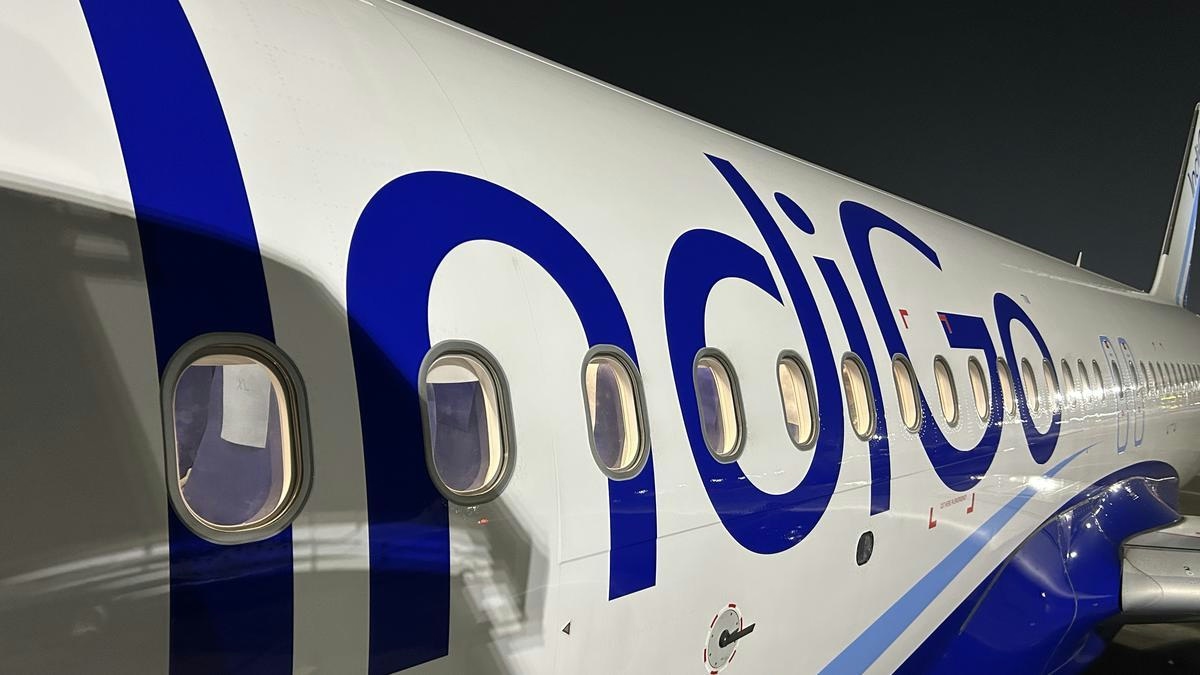
IndiGo to Deploy Wide-Body Aircraft on Vijayawada-Hyderabad Route, Says MP
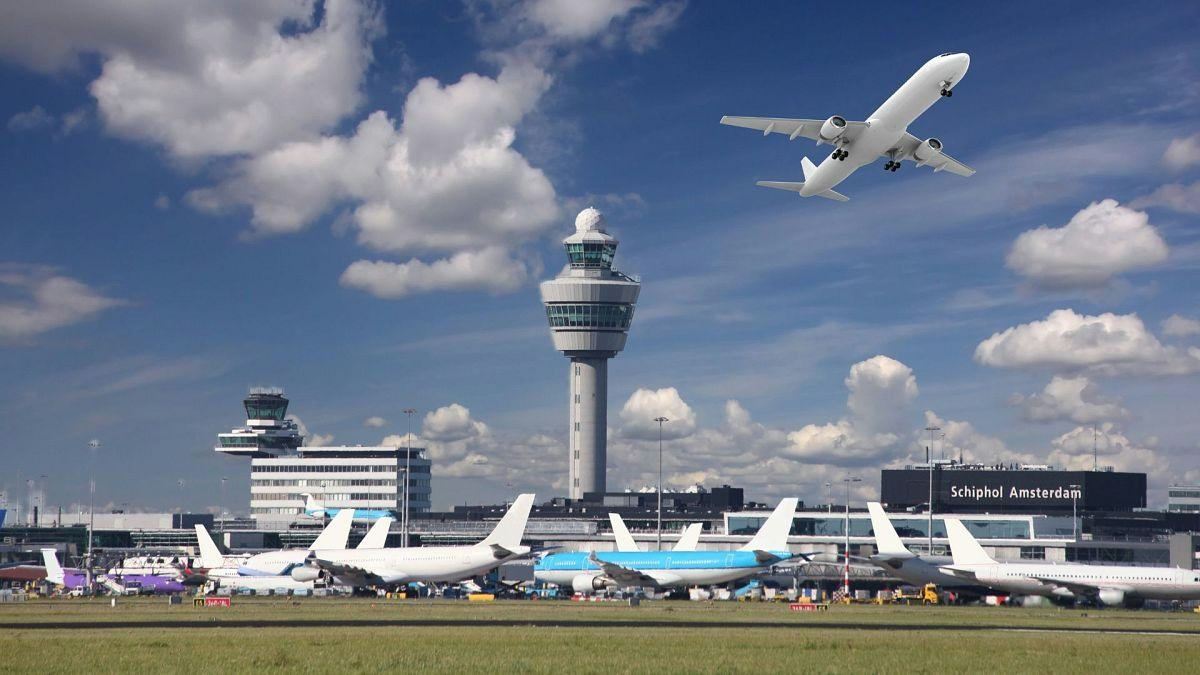
Europe Unveils New Aviation Strategy to Promote Cleaner, Faster Flights
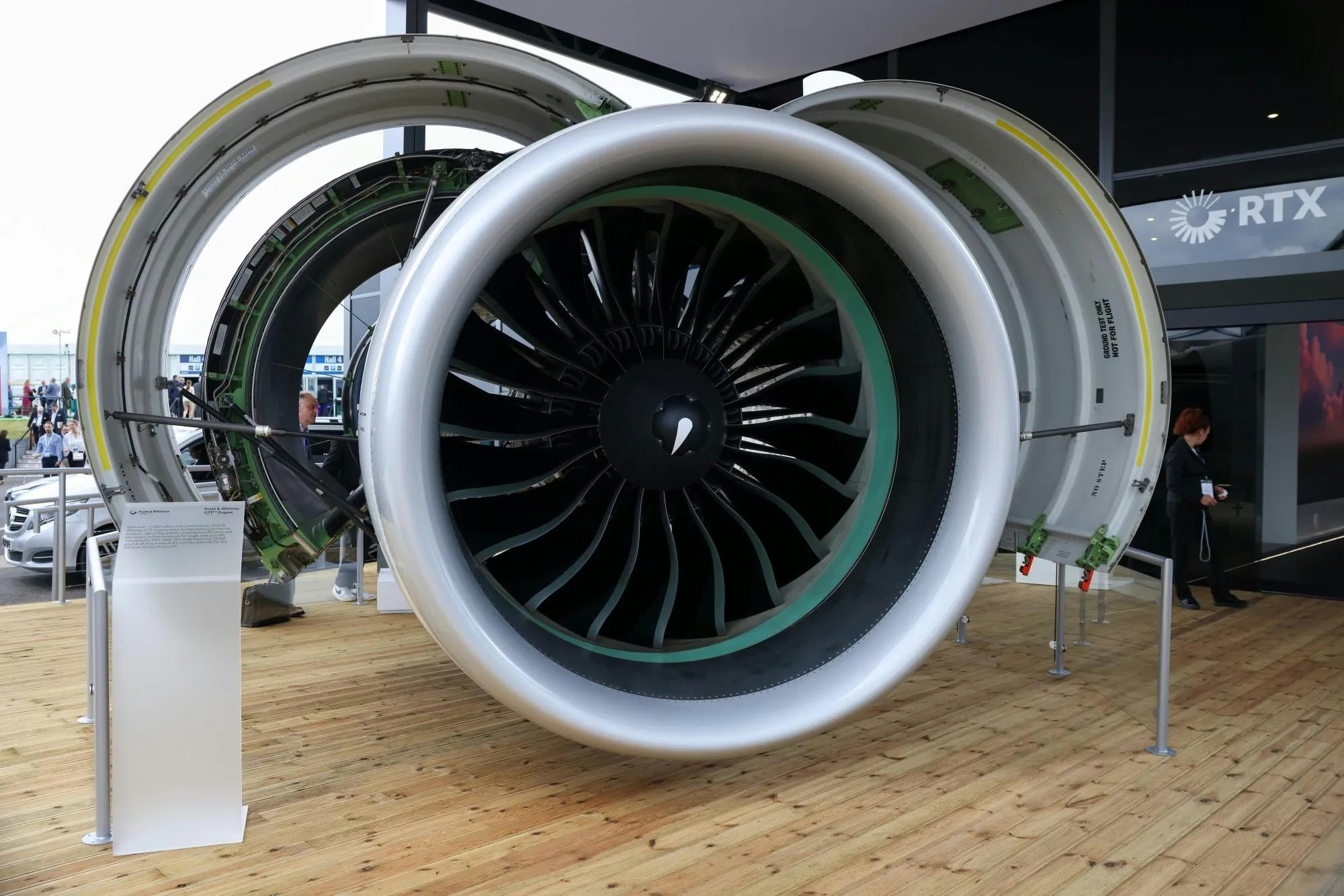
Spirit Signs Agreement with Pratt & Whitney Units on Aircraft Engines

ADB SAFEGATE Receives Industry Awards for Marketing, R&D, and Social Impact

GA Telesis Secures Five-Year Landing Gear Overhaul Agreement with Major U.S. Carrier

Government Strengthens Aviation Safety Framework Amid AI-171 Investigation

NASA Software Raises Bar for Aircraft Icing Research

Dans and Emirates Aviation University Partner on AI Air Traffic Management Research
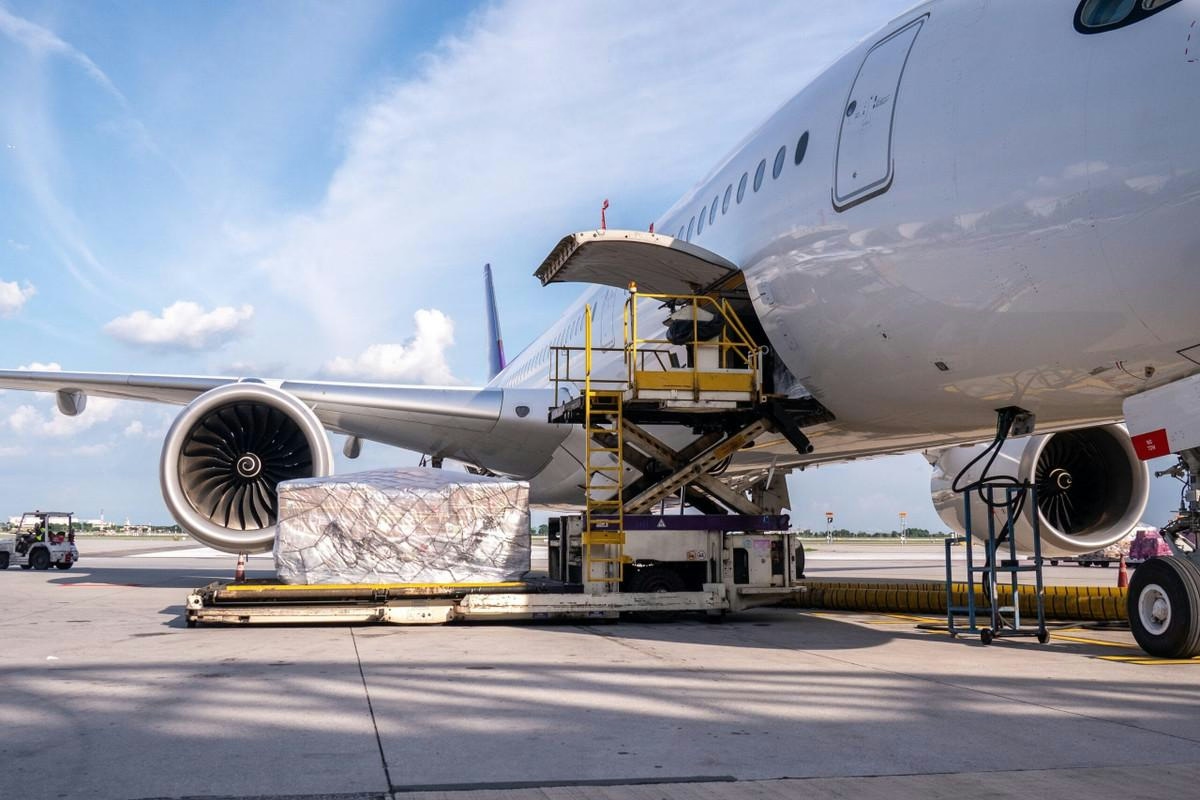
Nigus and AXISCADES to Develop Nigeria’s First Major Aviation MRO Hub
